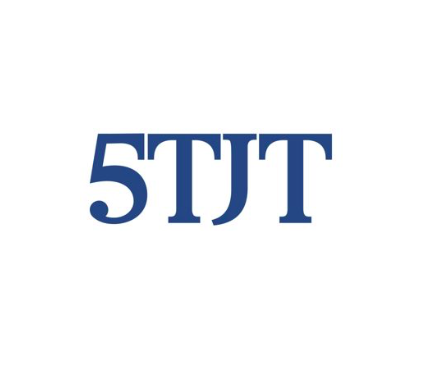
Jewish Institutions Must Include Communications in Their Strategy
The 5 Towns Jewish Times
By Stan Steinreich
COVID-19 has greatly impacted every facet of our community and life — whether it’s a loved one who is or was ill with the disease or the impact it has had on the economy and the job market. Our community institutions have not escaped harm either; shuls are closed, schools have been impacted, and we have had to rethink and reimagine other aspects of our religious lives.
The current situation has gravely impacted many of our Jewish communal organizations and compelled them to ask how they can move forward and adjust to the new normal. As we face an unprecedented loss of both dollars and engagement, the steps that they take over the next few weeks and months will be critical to their survival and success. Communicating with our community as we slowly reopen will be the key to winning the tougher-than-usual fundraising game to ensure continuity past this crisis.
Messaging is a key component. Institutions should crystallize their message by focusing on the unique products and services they offer and defining the purpose and performance of these programs. How many people do they reach? How many lives have been positively affected? It’s important to also communicate how an organization has been there for the community during this crisis. Has it mobilized volunteers to do food shopping for the elderly? Has it provided virtual programming for families?
Research shows that messages that stick to three key points are more effective, which is something that is much needed in our current situation. The three statements that organizations must make are who they are, what they do, and what they need.
Who you are. Focus on your purpose. Data suggests that in a time of crisis, consumers support organizations and businesses of purpose, not those of platitudes.
What you do. Organizations should paint a picture for audiences by choosing a key program or service, being as specific as possible with both empirical data and anecdotal evidence. You do not have to feature every program you offer in every communication or marketing material, just a few that will have the greatest impact and then grow it from there.
What you need. Often overlooked in many communications is the “sell message,” which tells audiences what organizations will need to continue to support the people you serve. The greater the specificity, the greater the result.
Once institutions develop their message, the effectiveness it has on audiences will depend on how it is delivered. Rather than fire aimlessly, now is the time to set a target and shoot for the bullseye.
For communal organizations and shuls, there is no better place to tell your story than Jewish media, such as this newspaper. Prepare a press release — a story with a photo, telling the effectiveness of a program. More importantly, remember to support these local Jewish publications. They are there for us through thick and thin and they need and deserve our support.
Social media is also key. Institutions should make the most of Facebook, Twitter, Instagram, and YouTube to reach audiences as well. Posts should be strategic, frequent, and engaging, so that the community can share in the good work. A helpful tip for increasing follower engagement includes maximizing the use of images and videos, which receive the most attention and are more likely to be shared across networks and platforms. All good communications plans include a strong approach to social media — so organizations should make sure not to overlook this key element when putting their plans together.
The daunting, uncharted waters of post-pandemic communal life can be navigated much more easily with these simple steps for communicating effectively and reengaging audiences. Jewish institutions and organizations can certainly look forward to the new normal — with the right plan.
Stan Steinreich is president and CEO of Steinreich Communications, a global Top 50 public relations firm, which works with many Jewish organizations and thought-leaders.

